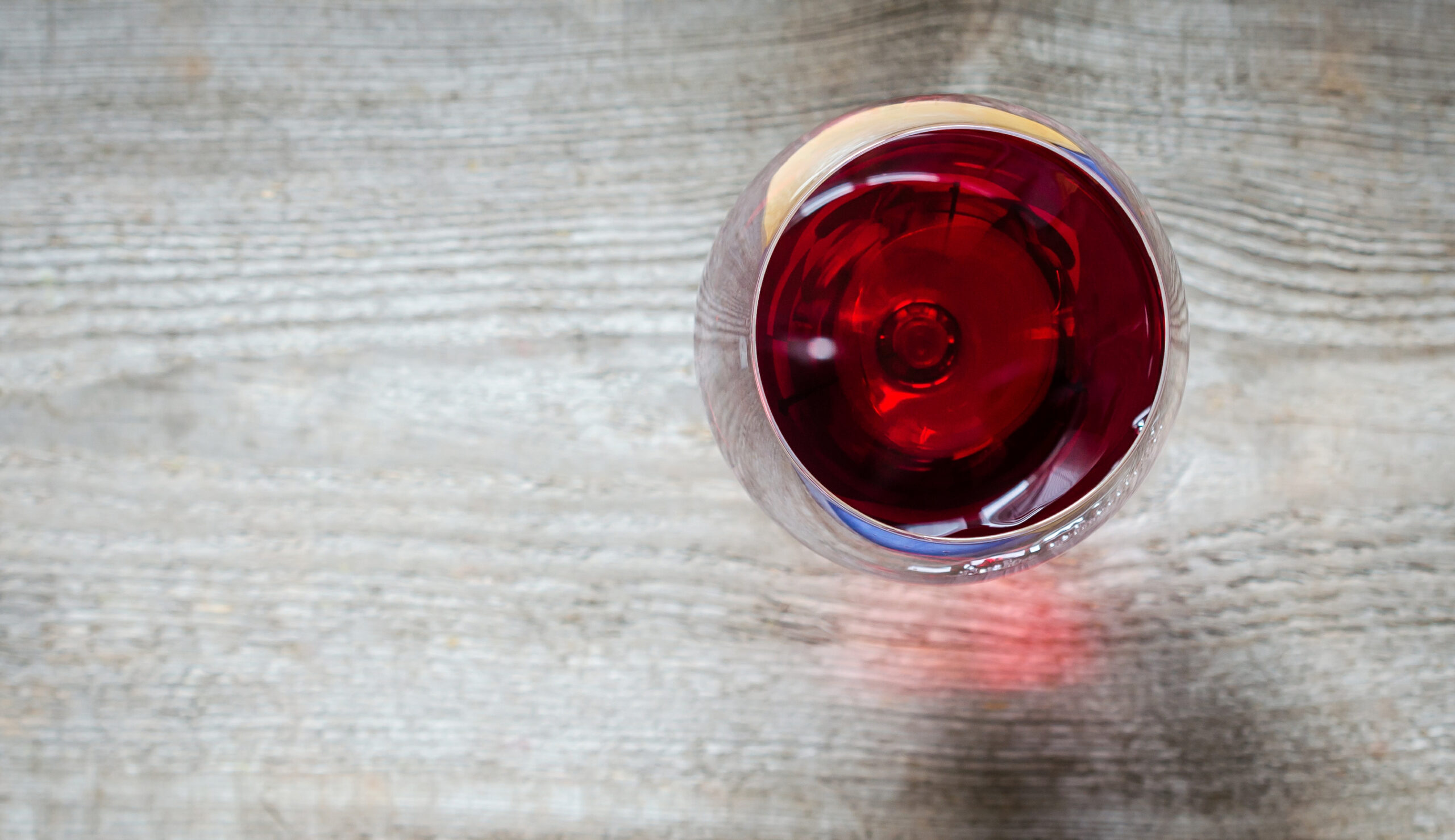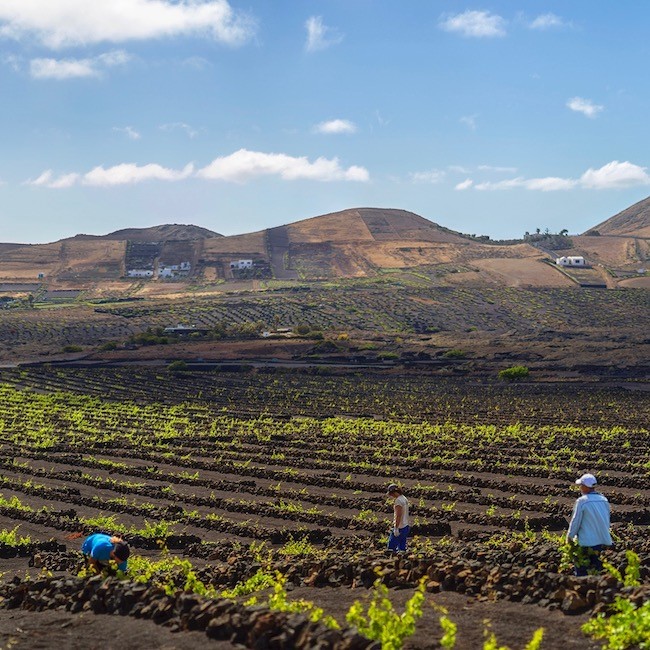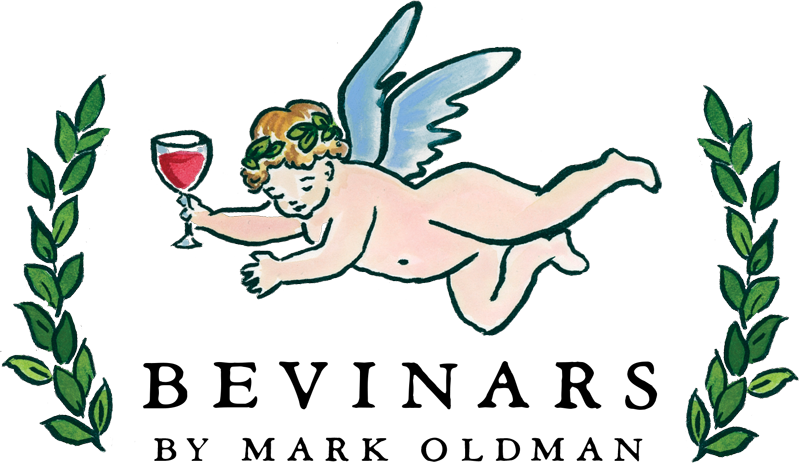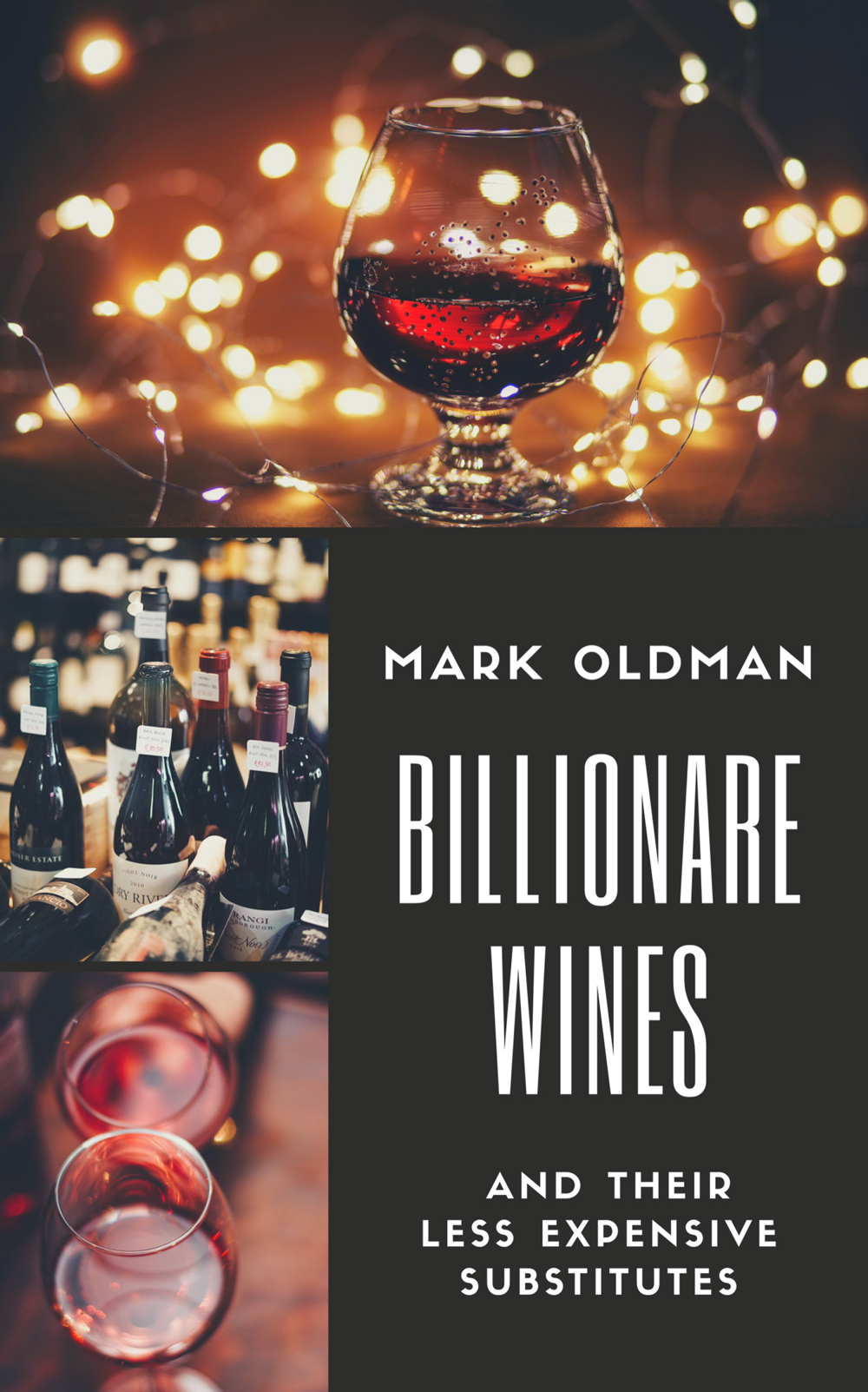
Lighter Red Wines: The Trend Now

Reds Have Changed
An era existed not so long ago when a red wine, if not decidedly chewable, could not be considered a red wine . . . and when spreadable jam on the palate was the flavor profile deemed acceptable. This, in and of itself, may have turned some people off to red wine.
Indeed, even in France, red wine is experiencing a most significant decline, with a 32% drop in consumption compared to 2011, according one study. Rouge is no longer the favorite of the French.
As Fashionable as a Rosé
Of course, white and rosé wines always count as favorites when the sun occupies center stage. In summer, we crave fresh, fruity, subtle wines. But even in mid-summer we don’t have to give up on reds. Light bodied red wines have, over the past several years, begun claiming higher ground.
Winegrowers have decided to craft more and more light and elegant options, with a pleasant introduction on the palate, which can be served slightly cooler than usual for the bold, jammy reds.
Today, there is a wide range of red wines, from light to ethereal, that, as one Spanish expert put it, “have toned down the steroids of the wine aisle.” And that’s a good thing. Forget Cabernet Sauvignon.
These “light reds” are easy-to-understand, designed for enjoyment at any time, outdoors, with or without food, and in which barrel aging, if present, becomes secondary.
Reds for Everyone
As light red wines is for everyone and often faithfully representative of the grape and terroir. To adapt the vocabulary of famed winemaker Randall Graham, they are farther from the “effort wine” end of the spectrum.
Some claim it’s a trend. But far from being something pret-a-porter, transient, or seasonal, light to medium-bodied reds are a sign of winemaking commitment: making them well, in a tailored style, and not showing off too much in terms of high alcohol.
The Character of Lighter Bodied Red Wines
How to distinguish light red wines from more full-bodied ones? That’s where the adventure begins!
Color: Light red wines generally have a lighter and less intense color than their full-bodied counterparts. They can have ruby, garnet, or even slightly purplish hues, but their transparency is characteristic.
Aromas: The aromas of light red wines are subtle and delicate. You will often find notes of fresh red fruits such as cherry, strawberry, or raspberry. Floral aromas, fresh herbs, or mild spices can also sneak into the bouquet.
Body: This is where the main difference lies. Light red wines have a lighter body and a smoother texture in the mouth. They are not dominated by imposing tannins, which makes them easier to drink and enjoy, even for wine novices.
Alcohol: Light red wines generally have a lower alcohol content, often between 11% and 13%. This contributes to their lightness and freshness.
Balance: A light red wine is balanced and harmonious. The flavors are neither too powerful nor too pronounced, making them versatile wines that pair well with a variety of dishes.
Geographical Diversity
When a red wine has structure and body, with the fruitiness (or a hint of residual sugar) and the alcohol remaining balanced. This can be true even of red wines from hotter appellation in places like California, Argentina, Chile, Spain, France and Portugal.
Of course, producing a lighter red in cooler climes is perhaps easier for the winemaker.
The situation can vary by region. Local expert Nicolas Emereau said, “In the Loire Valley, we feel this phenomenon [of declining red wine consumption] less regarding light reds.” The interest in lighter bodied reds “benefits wines from Bourgueil or Saumur-Champigny, which retain a lot of aromatic freshness, acidity, and a range of fresh fruits, they are very easy to drink, both at the table and at other times.”
Grape Varieties
The grape varieties are not necessarily the questionable factor. Making light reds with Malbec, Cabernet Sauvignon, or Syrah is supremely possible, though it may require special attention. Grapes like Pinot Noir, Bonarda, Gamay Noir, or Mencia offer tremendous possibilities.
So, when it comes to drinking reds today, consider striking a happy medium between full-bodied reds and whites. The subtler reds are a pleasure to drink solo, with meals, and for festive occasions with a diverse crowd of guests.

Some Light Red Wines to Consider
Which grape varieties are most commonly used to produce light red wines?
Here are some light bodied red wines, usually with soft tannins, that you should consider:
Pinot Noir
Ah, Pinot Noir, this delicate and versatile grape variety! Originating from Burgundy, it is the undisputed champion of light red wines. Its aromas of red fruits, cherry, and raspberry make it a preferred choice for those seeking finesse and elegance.
Mencia
Representative of red wine from Green Spain, mostly Galicia, Mencia has many of the characteristics of Pinot Noir, with a touch less earthiness.
Gamay
Gamay, born in the Beaujolais region, is the grape behind the famous Beaujolais Nouveau wines. But there’s much more to Beaujolais than just Nouveau, including intriguing sub-appellations offering true gems. It’s even lighter than Pinot Noir.
A Beaujolais offers light, fruity, and flavorful wines, with notes of strawberry and even banana if the wine’s been subjected to carbonic maceration.
Grenache
Originating from Spain, Grenache (aka Garnacha) is also grown in southern France. It gives birth to light red wines, often with notes of red fruits and spices.
Garnacha from Spain also usually offers great value.
Cinsault
Cinsault is a southern grape variety that thrives particularly well in Provence. It offers fresh and aromatic wines, perfect for accompanying a sunny day.
Zweigelt
This Austrian grape variety, resulting from the crossing between Blaufränkisch and St. Laurent, produces light red wines with notes of cherry, raspberry, and mild spices.
Schiava (or Vernatsch)
Cultivated in northern Italy, especially in the South Tyrol region, Schiava produces light and fruity red wines, perfect for accompanying light Italian cuisine.
Frappato
This Sicilian grape variety is becoming increasingly popular for its light and fresh red wines, with aromas of red fruits and aromatic herbs.
Trepat (from Catalunya, Spain)
When fermented in stainless style this heritage grape expresses freshness and fruity character. Trepat is also used to make rosé Cava, the sparkling wine, similar to how they use Pinot Noir in Champagne.
Listán Negro (from the Canary Islands)
If there is an ideal place to look for light bodied red wine, it is Lanzarote. The Canary Islands are famous for safeguarding endemic grapes that are only found there, next to Africa. Grapes like Listán Negro, produces excellent young, harmonious, and balanced reds with minimal intervention.
Choosing a light bodied red wine is opting for a tasting experience that is all about finesse. Whether it’s a Pinot Noir from the United States, a Trepat from Catalunya, or a Gamay from Beaujolais, each grape variety brings its own touch of elegance to the table. Check out your local wine store and try some of the wines suggested here. Or take a virtual wine class to learn about red wine styles from different world regions: Pinot Noir, Grenache, Gamay and much more. Light red wines provide for a world of new and memorable experiences. May your exploration of light red wines be rich in gustatory discovery!



